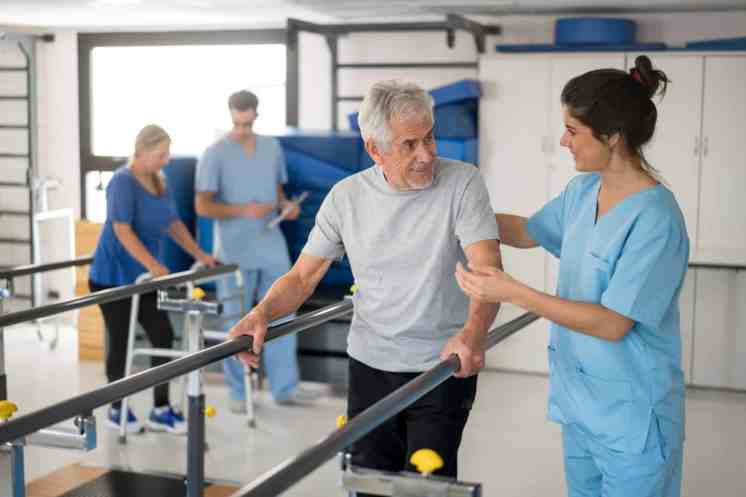
With the latest edition of Anatomy Trains: Myofascial Meridians for Manual Therapists and Movement Professionals, students can have a multi-dimensional understanding of musculoskeletal anatomy with the latest evidence-based research. This hugely successful, one-of-a-kind title continues to center on the application of myofascial continuities across a variety of clinical assessment and treatment approaches.
In this Q&A, author Thomas W. Myers shares his insights to the most recent updates to this title and tips on his own experiences.
Why is a holistic approach important to students studying anatomy?
We have been working on the ‘isolated muscle leverage’ model since Borelli published in 1658. Given what recent research has shown us – all referenced in the book – we can benefit from considering synergetic effects of systems working in harmony rather than mapping muscles in isolation. The book delivers strategies not contemplated by the Newtonian model that prevails in rehabilitation science.
What changes to the field have you seen since the first edition published in 2001?
Since the advent of the Fascial Research Congress, the first of which was at Harvard in 2007, has really put fascia ‘on the map’ in a way that it was not in 2000 when I wrote the book. The interactions I have had out of these conferences, and of course with those who come to my classes to question me, have corrected my initial ignorance and filled in details where I was fuzzy.
Additionally, we have undertaken numerous dissections to demonstrate these ideas, and I remain committed to them and am reasonably satisfied that the basic supposition of the Anatomy Trains still holds water.
What do you hope faculty take away from the new edition?
Anatomy Trains is merely one aspect of a Copernican revolution taking place in our understanding of the anatomy of movement, and the role of fascia in biomechanical auto-regulation. It is an exciting time to be a body therapist, a field which will be coming into its own over the coming decades. Physiotherapy, osteopathy, massage, and athletic training (and others) will fuse into a ‘unified field theory’ of human growth and movement.
One of the new additions includes updates for quadrupeds—why was this important to include this update?
I am vitally interested in how and why humans are shaped the way they are, which led me to evolutionary science. The similarities and differences in the myofascial meridians between quadrupeds and humans was fascinating to me, and those who do therapy work with horses. Otherwise, for those who work exclusively with humans, the other appendices on acupuncture, our approach of structural integration, and the most recent findings on fascia may be more relevant.
How can those studying physical therapy/massage therapy benefit from a holistic approach like the one illustrated in your book?
Anatomy Trains maps the myofascial connections in the body that transmit force over time to create strain patterns that lead to pain patterns. Being able to see how the skeleton is interacting with the soft tissue allows either mobilizations or training to support longer-term results
How does your team of instructors commit themselves to furthering the field knowledge available?
I give great thanks to my team of instructors across the world, who have sacrificed time and income to learn and disseminate the system. We have flows within our organization to get new research out to them in a useful way. Our internal commitment is to find the value in all approaches – and we have been fortunate to have a wide variety of professions in our classes. It is part of our mission to get the different professions to talk to each other in this quest for a coherent theory of human movement.